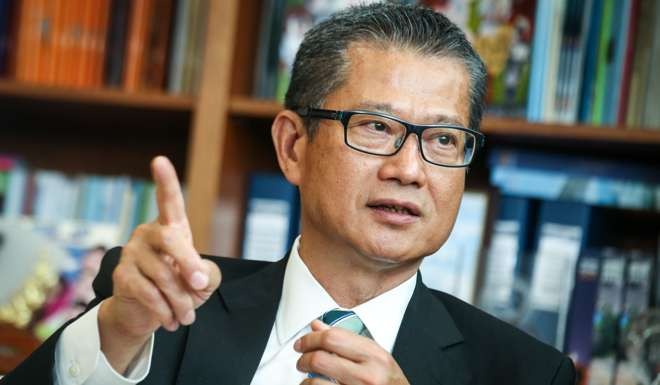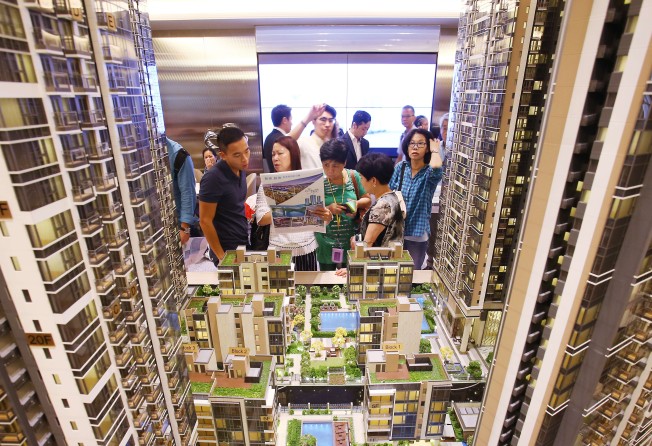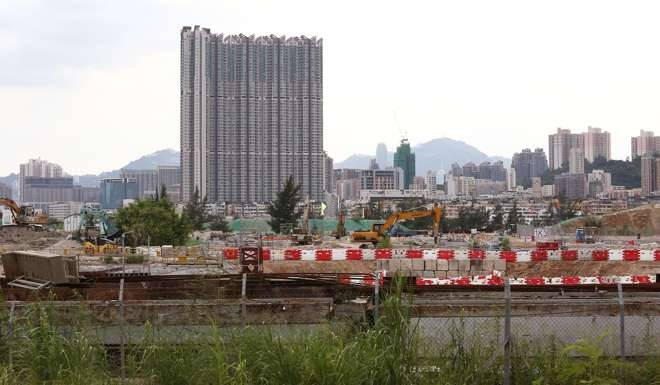
18 years and counting: latest report on plans for old Hong Kong airport site will be out in a month
Development chief Paul Chan says Kai Tak study will take into account the discovery of relics on scheme that will provide nearly 50,000 flats

A report on the latest review of the development of land that previously housed the airport in Kai Tak could be released for public consultation as early as this month, Secretary for Development Paul Chan Mo-po said.
He said the report would touch on the impact on the area of the discoveries of relics in recent years at the future To Kwa Wan station on the Mass Transit Railway Corporation’s Sha Tin-Central link, which is still being built.
In a piece posted on his official blog on Sunday, Chan wrote: “We have completed the work of the second stage of the review and enhancement of [Kai Tak’s] land zoning.
“This will include a review of the impact of the discovery of relics near the To Kwa Wan station of Sha Tin-Central Link, with the hope to increase the overall supply of residential and business land supply.
“The relevant study will be released for public consultation in a month.”
To Kwa Wan station is located near Olympic Avenue and Sung Wong Toi Playground, at the northwestern edge of the Kai Tak development area. In 2013, archaeological features including ancient coins and a well were discovered at the construction site.
Chan highlighted the importance of the Kai Tak development in the flat supply over the coming few years, saying the area could offer close to 50,000 public and private homes as well as 2.3 million square metres of floor area for commercial and hotel development to cope with future social and economic needs.

Some Kowloon City district councillors said on Sunday it was acceptable to revise the plot ratio to allow the building of taller blocks to house more people.
Jimmy Lam Pok expressed fears that the Kai Tak development could be affected by the delay of the Sha Tin-Central Link. “I hope the government can come up with plans to ensure the rail link can be completed by 2018 in time,” Lam said.
Fellow district councillor Lai Kwong-wai, of the Association for Democracy and People’s Livelihood, said he would accept it if the government revised the plot ratio to increase the amount of public housing.

There will also be a sports complex.
The prime urban harbour front land was made available for development when the airport was moved to Chek Lap Kok 18 years ago.
But the proposed scheme has dragged on. A feasibility study was completed in 1998, followed by a revised scheme in 2001 after public concerns about harbour reclamation. After a 2004 Court of Final Appeal ruling that effectively banned reclamation in the harbour unless there was “overriding public interest”, the government revised the development plan again.
After rounds of public consultation, in 2007 the Town Planning Board formulated the Kai Tak outline zoning plan, with subsequent changes in 2009.
The plan was further revised in 2012 in response to public calls to preserve the ancient Lung Tsun Stone Bridge remnants in-situ and to provide better public access to the harbourfront.